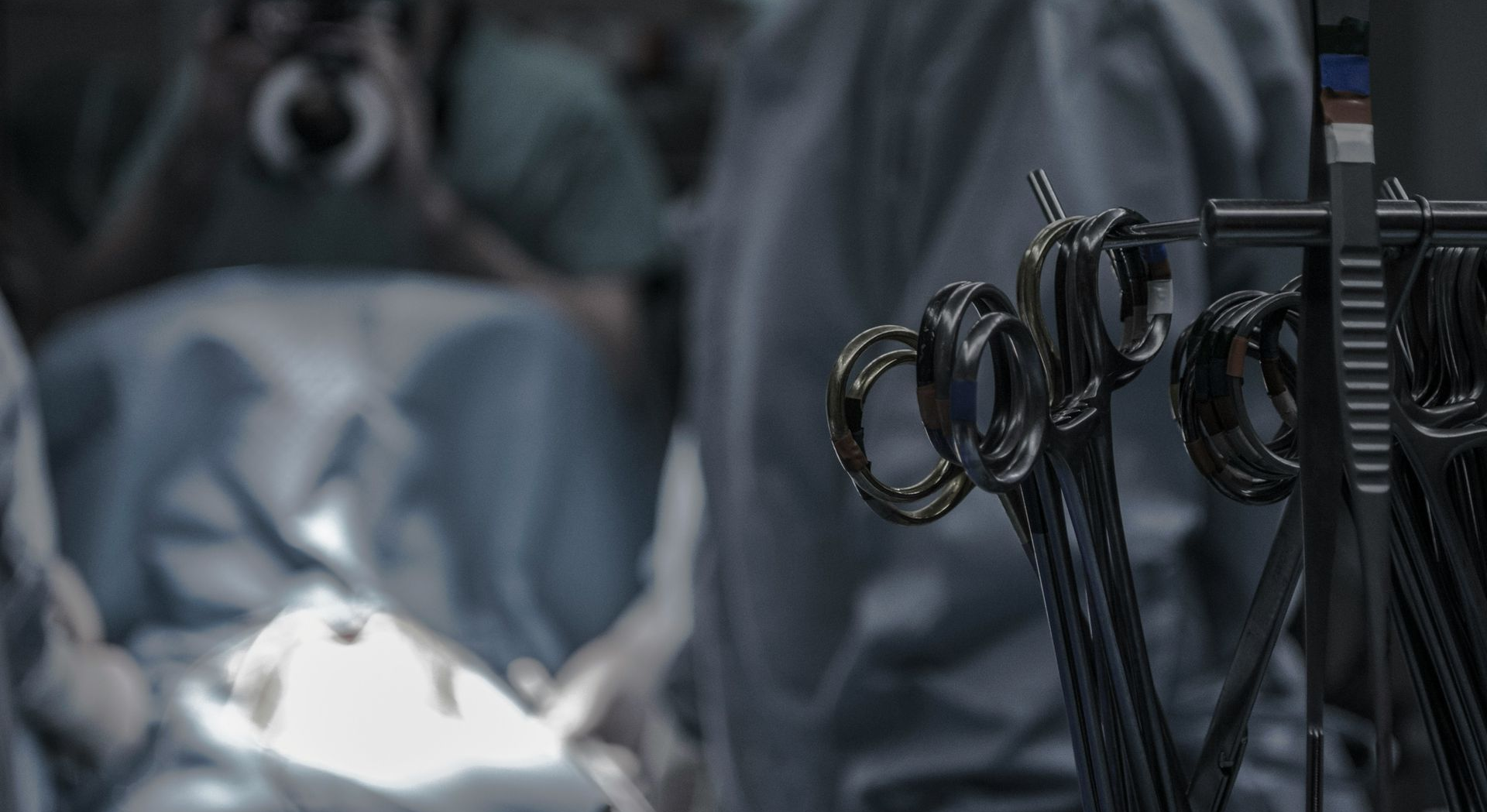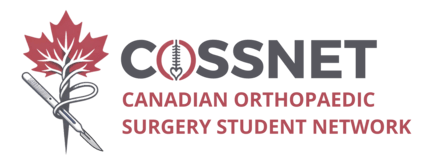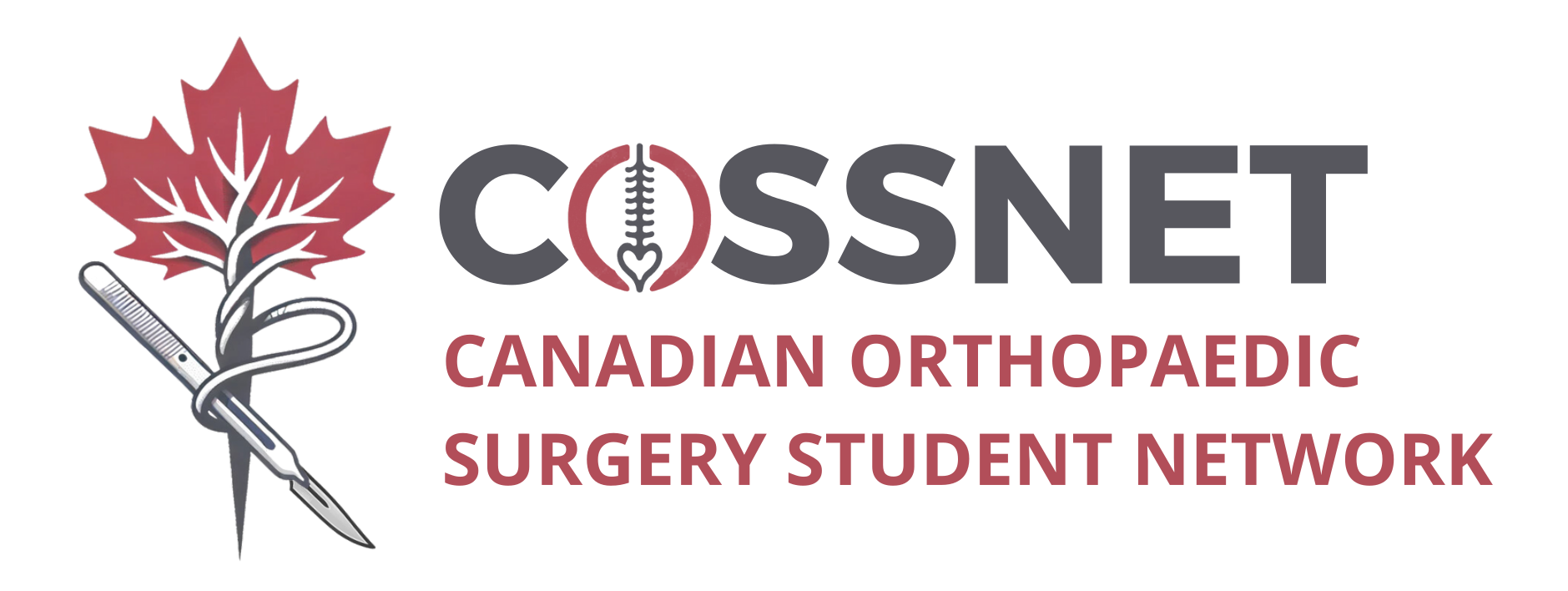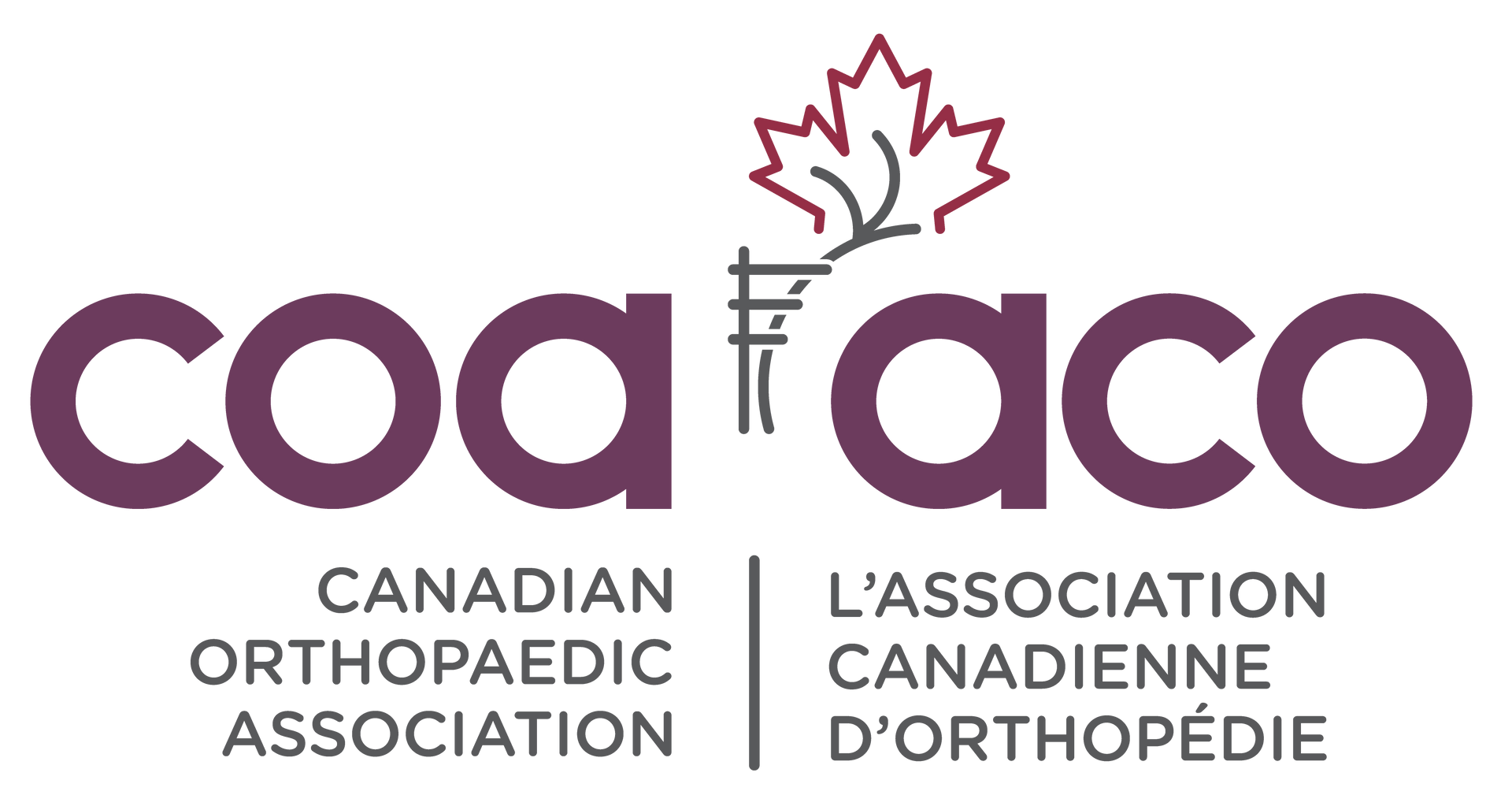NAVIGATING CLERKSHIP
Your Guide to Clerkship in Orthopaedic Surgery
Clerkship is when you take your classroom learning and apply it to real-world clinical problems in a hospital/clinic setting. You will be actively involved in the care of patients, working with staff and residents, and developing your professional identity.

Orthopaedic surgery rotations consist of two to four weeks blocks during which students spend time with staff surgeons and residents in the operation room, clinic, fracture clinic, and are actively involved in patient care.
For orthopaedics in particular, the primary goals during clerkship are to:
- Build foundational skills in musculoskeletal assessment and management
- Interpret imaging and recognize common orthopaedic injuries and pathologies
- Assist in the operating room and learn principles of surgical technique and sterile practice
- Understand pre- and post-operative patient care and rehabilitation
- Explore orthopaedic subspecialties to inform future training interests
Our team has come up with a few more tips to succeed on your orthopaedics surgery rotation.
How to succeed on your clerkship rotations
Start by connecting with preceptors who know you at your home institution and would be willing to have you as an elective student. This includes those you’ve shadowed and had great experiences with, worked with during research, or received pre-clerkship teaching from. These staff can better appreciate your unique strengths, provide you with meaningful feedback on areas of improvement, and provide opportunities for you to demonstrate your skills and knowledge.
During clerkship, the emphasis is placed on clinical learning. Seeing many patients helps develop your clinical knowledge base and procedural confidence. However, it's also important to recognize your own limitations and not stretch yourself too thin.
Remember that clerkship is also about exploration. While you can do up to 8 weeks of orthopaedics, consider complementing your experience with related fields such as plastics, vascular, neurosurgery, general surgery, or radiology to broaden your surgical perspective.
Tips for clinic
- Know where you are going and when to show up.
- Send a reminder to your preceptor the night before.
- Model your focused history after your staff/residents.
- Know your MSK physical exams, especially those for your staff’s subspecialty.
- Ask to help with casting and learn about good casting technique.
- Have a systematic approach to efficiently document the encounter.
Tips for hospital
- Know how morning rounds are done (pre-rounds, team rounds, etc.), what your role is, and where to meet the team.
- Review teaching topics the night before.
- Show up early and review each patient’s chart quickly, especially new ones.
- When charting, use an existing document template (pre-/post-op).
- For call, have a standard approach to ED consults (ABCDEs, look-move-feel, check neurovascular status, work-up)
- If possible, arrange your call shifts with a trusted staff or resident mentor.
Tips for OR
- Know the day’s cases and study up the relevant anatomy (landmarks, pertinent neurovascular structures)
- Introduce yourself to everybody in the room and write your name and position on the whiteboard.
- Grab your own gown, gloves, and lead (if needed) – be helpful!
- For the first case, “vibe check” the room - does your preceptor prefer to work in silence vs conversation, do they ask a lot of questions - be situationally aware and use common sense!




